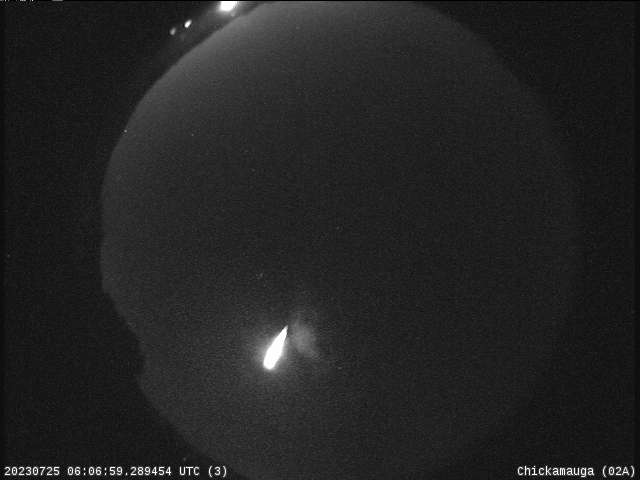Description

Disclaimer: Copyright infringement not intended.
Context
Perseid meteor shower, a celestial event that captures the attention of skywatchers and astronomers alike.
Details
- The NASA All Sky Fireball Network is currently detecting the initial meteors of this year's Perseid meteor shower.
- The peak of the meteor shower is expected on the night of August 12 as Earth passes through the densest debris of comet Swift-Tuttle's trails
Features of the Perseid Meteor Shower
- Considered one of the most impressive meteor showers of the year due to its high meteor rates and favorable late-summer temperatures.
- Unlike the previous year's shower, which coincided with a full moon, this year's moon will be a waning crescent, allowing even fainter meteors to be visible.

Expected Meteor Sightings
- Observers in the United States can anticipate seeing approximately 40 Perseids per hour just before dawn on peak nights.
- Ideal conditions include being in rural areas, far from the light pollution of cities and suburbs.
- Suburban environments experience significantly reduced meteor rates, with an expectation of 10 or fewer meteors per hour.
Best Viewing Locations and Technique
- The Perseid meteor shower is most visible in the Northern Hemisphere.
- Clear skies, darkness, and some patience are the only requirements for witnessing the celestial display.
- Meteors can be observed across the entire sky, so there is no need to focus on a specific direction.
Radiant Point and Meteor Origin
- The meteors of the Perseid shower appear to radiate from a point in the constellation Perseus.
- Each meteor within the shower follows a similar orbit around this radiant point.
- The name of a meteor shower is derived from the location of its radiant point.
Interesting Trivia
- The Perseid meteor shower holds the unique distinction of delaying a Space Shuttle launch.
- In 1993, the NASA STS-51 launch was postponed due to concerns about the heavy activity forecast for the Perseid meteor shower.
- The increased risk of spacecraft damage from debris prompted the precautionary delay of the launch.
Meteor Rates and Visibility
- The Perseid meteor shower is known for its high meteor rates, often producing around 60 to 100 meteors per hour during its peak.
- However, actual meteor rates can vary based on factors such as the time of night, the observer's location, and atmospheric conditions.
- To observe the shower, it's best to find a location away from city lights to reduce light pollution and enhance visibility.
Moon's Influence
- The brightness of the moon can significantly impact the visibility of the meteor shower.
- A bright moon can wash out the fainter meteors, making them harder to see.
- In contrast, a dim moon or absence of the moon (as a waning crescent) enhances visibility by allowing even the fainter meteors to be observed.
Historical Anecdote
- The Perseid meteor shower holds the unique distinction of delaying a Space Shuttle launch.
- In 1993, NASA's STS-51 launch was postponed due to concerns about the intense Perseid meteor shower activity.
- The decision was made to mitigate the risk of the shuttle encountering debris in Earth's orbit.
|
PRACTICE QUESTION
Q) Which of the following statements accurately describe the Perseid meteor shower and its characteristics?
A) The Perseid meteor shower occurs annually due to Earth passing through the debris left behind by Comet Swift-Tuttle.
B) The radiant point of the Perseid meteors is the actual source from which they originate.
C) The brightness of the moon has no impact on the visibility of the Perseid meteor shower.
D) The Perseid meteor shower is known for its low meteor rates and is often barely visible to observers.
Answer: A
|

https://blogs.nasa.gov/Watch_the_Skies/2023/08/07/best-meteor-shower-of-the-year-peaks-this-weekend/











